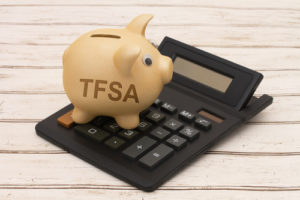
The latest instalment of my MoneySense Retired Money column is now available: click on the highlighted text to access the full version of the column: Pay Less Tax with Pension Income Splitting.
As I note, It’s hard to believe but the great boon of pension income splitting has now been available to Canadian retirees for a full decade. Coupled with the 2009 introduction of TFSAs, these two tools have certainly been a welcome addition to the arsenal of retirees and semi-retirees.
Pension splitting can generate many thousands of dollars in additional after-tax income for retired couples, particularly if – as is often the case – one of them enjoys a generous defined benefit (DB) pension and the other does not. Pension splitting is based on the fact that Canada’s graduated income tax system imposes far higher rates of tax on big earners than on modest or non-existent earners. Pension splitting can result in a highly taxed income and a low-taxed one being merged (conceptually speaking) into what amounts to a modest mid-level amount of tax for the couple as a whole, putting thousands of extra dollars into the family’s collective pocket each year.
The tax benefits vary with the marginal tax rates of both spouses. With pension splitting, if one spouse has no pension and the other has a $60,000 pension the couple as a whole ends up being treated exactly like a couple with two $30,000 pensions. The bonus is that both spouses can claim the $2,000 pension income s and the higher-income spouse may no longer be subject to clawbacks of Old Age Security.
Pension Splitting is a paper transfer at tax time






